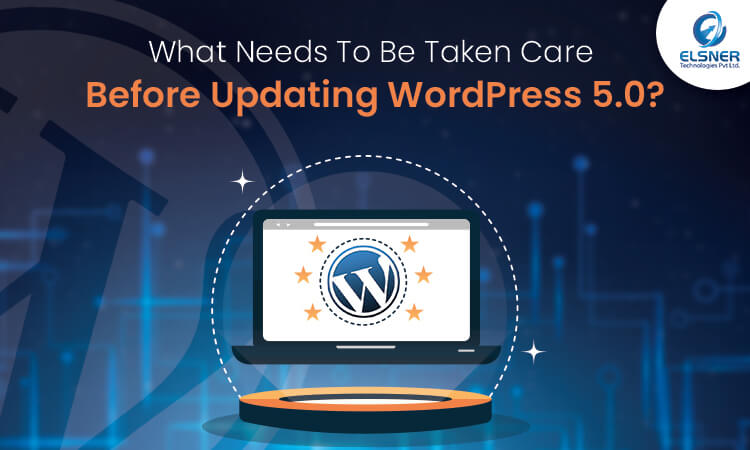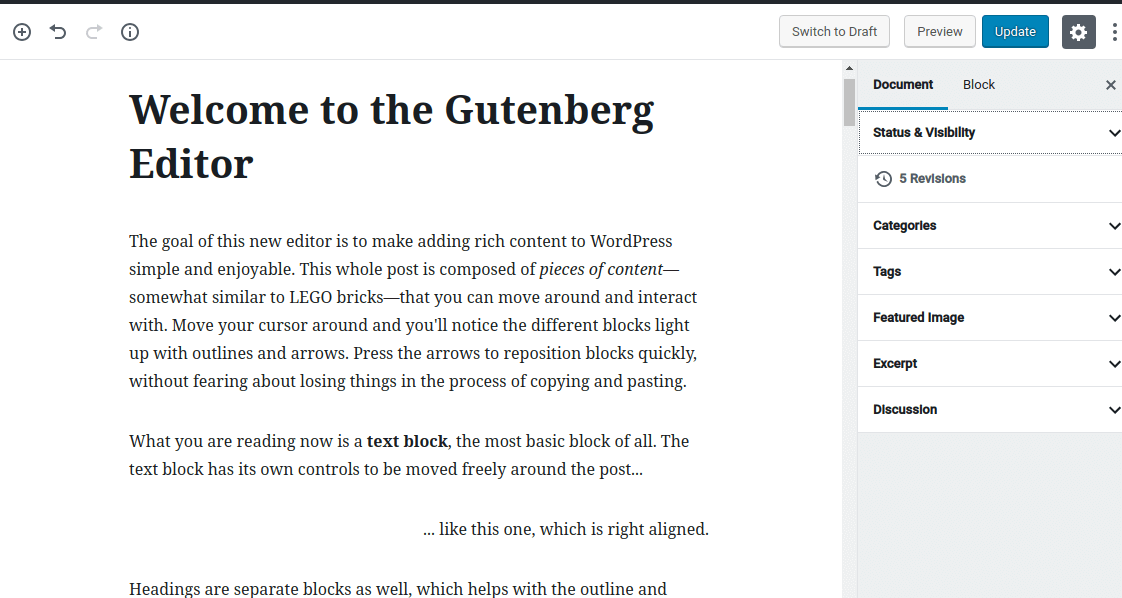WordPress has been one of the top platforms to have a self-hosted, mobile-ready website that can be fully customized and personalized from thousands of different themes and plugins. Since 2003 there have been innumerable updates and the official announcement about releasing date of WordPress Gutenberg is expected in November 19th.
This new feature will become the new standard for WordPress Development and WordPress is encouraging users to try it out. The huge change in the integration of Gutenberg technology is that, it will no longer require code. This format will utilise blocks section instead of the standard (TinyMCE) editor we have seen.
What is the Gutenberg Editor?
Named after Johannes Gutenberg, who is inventor of the printing press, the Gutenberg editor will completely change the current post editor which you have been using with your standard WordPress installation. In other words, creating content with WordPress is going to be a all new experience with Gutenberg. While using current (WYSIWYG) editor requires knowledge of shortcodes and HTML for full functionality, were as in e Gutenberg editor makes this process easier by grouping sections into “little blocks”.
These content blocks transform how users, developers, and hosts interact with WordPress to building rich web content easier and more instinctive, standardize publishing — and work — for everyone, regardless of technical ability.
Apart from that, here are few things you can prepare for, before updating to WordPress 5.0:
1. Test the Gutenberg Editor Plugin Before updating WordPress 5.0
When you update to WordPress 5.0, your post editor automatically updates to Gutenberg. Before you work in panic mode, understand that you’ll still able to do toggle between new editor and old classic (WYSIWYG) editor. To maintain your status in WordPress community member, you’ll need to get some experience with this feature.
Before going for WordPress update, you can download the Gutenberg editor plugin in your WordPress repository. It is currently in beta testing and there are a lot of remaining plugin compatibility issues so, you’ll want to test the plugin in a staging or testing site, NOT on a live site.
Also Read : WordPress 4.9.8 Update: Enhancing Privacy And Avoiding The Test Run
2. Backup Your Website (Regularly)
Before installing the Gutenberg editor plugin, don’t forget to create several backups of your website. There are plenty of options that allow you to backup your site. Few take the form of plugins while others include the built-in functionality of your web hosting.
3. Perform tests only on staging website
If you’re trying the Gutenberg editor, then it is recommended that you host your changes on a staging site so that your main website won’t be affected if anything goes wrong.
4.Update Your WordPress Regularly
The core WordPress version update is usually the major update you’ll need to make on a semi-regular basis. Once the WordPress core code is updated then update your plugins and themes subsequently.
When you don’t update all components, there may be some compatibility issues appearing with site. And your website might not function properly. That’s why, when you have all updates (i.e. theme, plugins, core) available, moderate yourself to not update them all at once. Your website may break down. That’s why backup is so important!
For any queries !! Just fill up the contact form and our experts will get back to you soon.

About Author
Pankaj Sakariya - Delivery Manager
Pankaj is a results-driven professional with a track record of successfully managing high-impact projects. His ability to balance client expectations with operational excellence makes him an invaluable asset. Pankaj is committed to ensuring smooth delivery and exceeding client expectations, with a strong focus on quality and team collaboration.





